Window decoration plays an important role in creating an interior. With the help of tulle and curtains, the desired atmosphere is created and the degree of light in the room is regulated. The ability of curtains to close our private life from prying eyes is also important. All this should be taken into account when choosing tulle in the bedroom.
Conteúdo do artigo
A little history and grammar
Lightweight translucent fabric was invented back in the 15th century by the weavers of the French city of Tulle. The bride of the king wanted to have a thin fabric, behind which only her silhouette would be visible, and she herself would be impossible to recognize. To fulfill her wish the king issued a decree and the weavers of Tulle fulfilled it. The fabric turned out to be very beautiful, so it was used to make a dress for the future queen, and the fabric itself was called by the name of the city where it was invented – tulle.
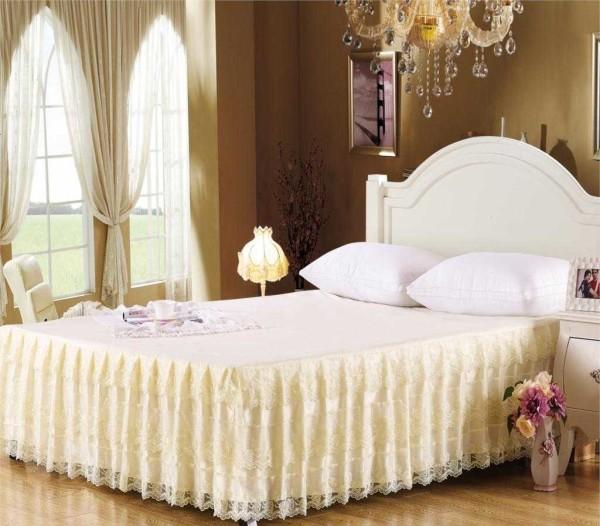
Now a little bit about grammar. The word “tulle” in French is masculine, respectively, and in Russian it retains its gender. That’s why it’s correct to say “tulle – it”. The use in the feminine gender – by analogy with the word “fabric” – is incorrect. In some regions, this thin fabric is called “curtains”. The origin of the word is different, but it denotes the same type of fabric.
What it is made of
Originally, tulle was made by hand from the finest silk, linen or cotton threads. This fabric was the privilege of the rich. Much later, there were machines that made cotton material. It was already much cheaper. After synthetic threads were invented, the range became more diverse, and prices became more affordable.
Today, silk is rarely used because of the high price, and cotton and linen – only in combination with synthetic fibers. In pure form, natural fibers quickly become dirty, become gray, and also when washing loses shape and changes in size (sady or stretched).
Modern tulle are made mainly of polyester, polyamide and blended fibers. To obtain a smooth surface use polyamide threads. They are strong and elastic. Patterns on such a base are applied with the help of polyamide threads. They are soft and look good in embroidery.
Tulle is of several types:
- Organza. Elastic, rather stiff fabric, which at the same time is light and transparent. It can be shiny or matte. When draped, it creates elastic folds.
This is what tulle-organza looks like – stiff folds - Veil. Soft and translucent, it drapes well. If you want tulle with soft, flowing pleats, a veil will lay down most beautifully.
Veil tulle is soft and translucent - Kiseya or threaded tulle (curtains). These are separate threads, which can be intertwined in places, and can be just separate threads. Such tulle for the bedroom can be a second layer, to create a decorative effect.
This is how the tulle looks like - Mesh or mesh tulle. By the name it is clear that the cells of such a fabric are large. Mesh cells come in different sizes and shapes, density. It can be just a “holey” fabric or a thin mesh with embroidery.
This is a large mesh, Can be dense and fine, as well as with embroidery
How to choose a bedroom tulle
When decorating windows, first of all, you need to think about what the room is intended for and, in accordance with this, choose the color and parameters of the fabric. In the bedroom it is necessary to create a cozy, relaxing atmosphere and, at the same time, to maintain privacy. At night, drapes are responsible for this, and in the daytime – tulle. If you live on the first floor, or in the windows you “look” windows of the neighboring house, you will have to use dense curtains or thin fabric, but with numerous folds, which will not allow you to consider what is happening in the room.
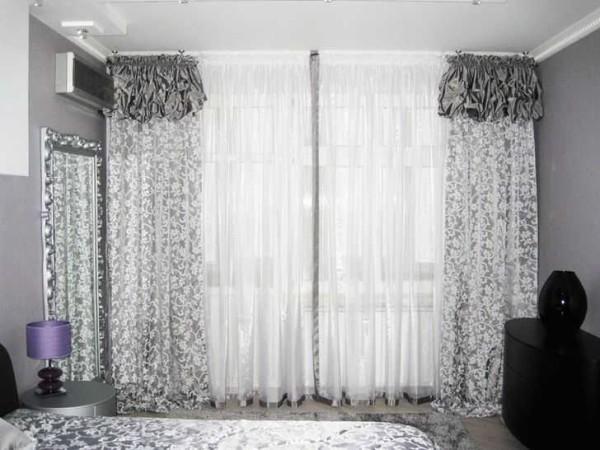
The choice of fabric density also depends on where your bedroom windows are facing. If it’s south or east, you’ll be more comfortable with dense, light-diffusing tulle curtains. It can be a dense net or organza with or without embroidery. For summer so exactly such an option will be the best.
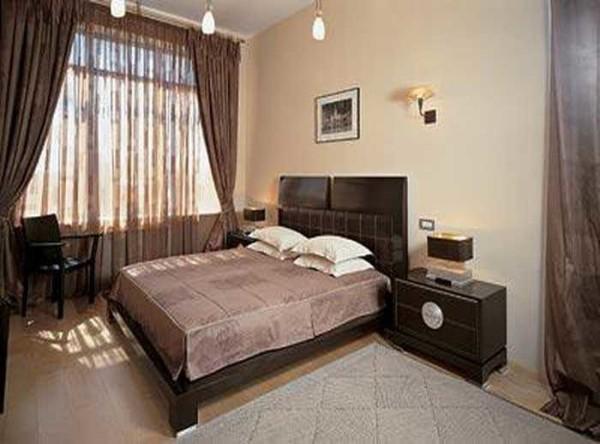
If the room faces north or west, most likely there is little light, and more subtle – veil or large mesh will be suitable.
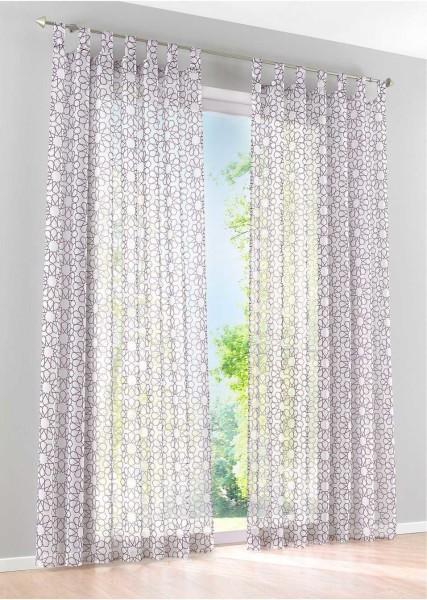
In addition, it is necessary to choose the color, as well as the presence of patterns. Here it is already necessary to pay attention to the style of the bedroom. Many of the modern design trends are very categorical in this sense. For example, for the style of minimalism or hi-tech is suitable only monochrome tulle without a pattern. It can be colored, but the colors for these styles are white, gray. There may be others, but it all depends on the overall design.

For another popular trend – Provence – it is possible to use colored material. But it is necessary to look that there was not an excess of motley. If the curtains are bought with flowers, it is better to use a monochrome tulle. It can have flowers in it, but the same color.
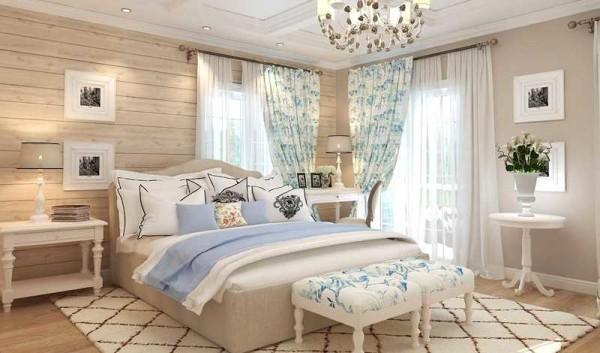

Most often in bedrooms you can see tulle neutral colors – white and its shades, light gray or gentle beige, creamy. It is understandable: relaxation is required and the best background for this is neutral. But sometimes such monotony gets boring. In this case, you can play with color. It is necessary to look at the overall design of the room, and choose a tulle in the tone of one of the available colors in the environment.
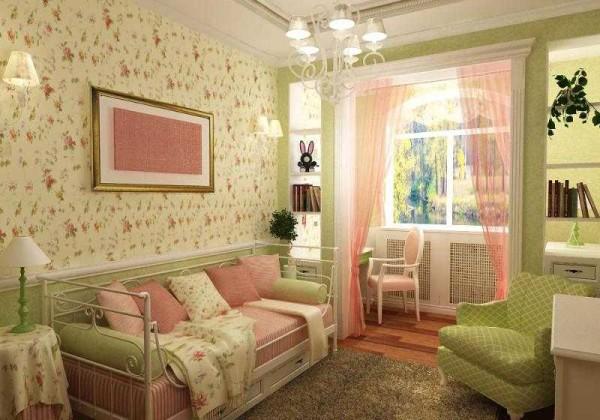
In this case, there is another solution: over the white cloth to hang colored kiseya. The effects can be changed by untying and tying the threads, remaking the knots. This combination looks very interesting.
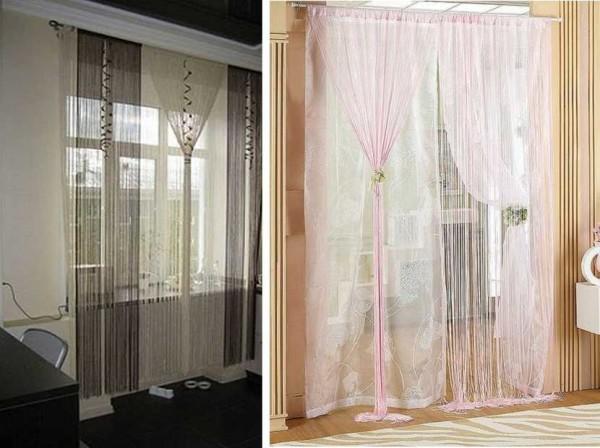
Not so long ago, a novelty appeared on the market: tulle with a 3D pattern or, as they also say, “with photoprinting”. There are a large number of drawings, they are certainly beautiful, but in order not to overload the interior, the rest of the environment should be very calm. Everything is in light neutral tones, there may be a few accessories in tone with the main color of the drawing.
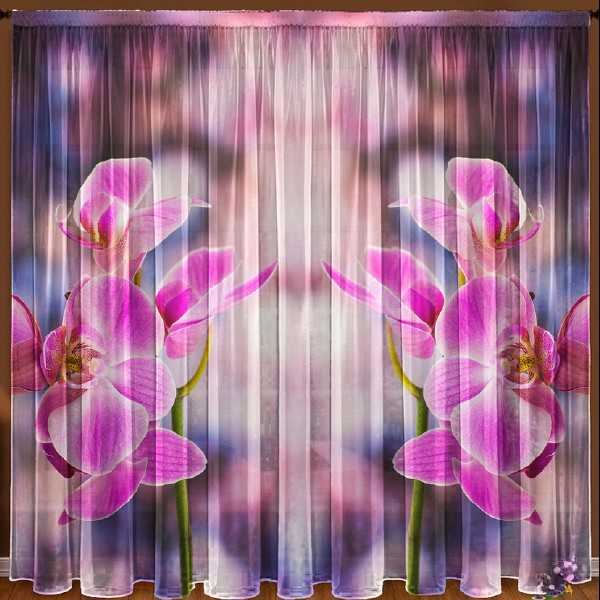
The development of the interior of the bedroom is described here.
How to create folds
Most often in the bedroom, the tulle is draped. This makes the interior lighter, cozier, creates a mood for relaxation. But how to make it so that the curtain was in a fold? There are several ways. For small in depth folds use a special curtain tape. It is available in any store for sewing, has two or more threads, which then pull down, forming folds.
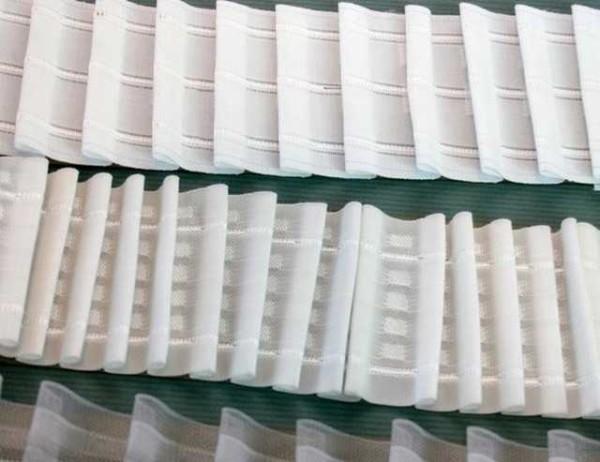
It is sewn at the very top of the cloth. The stitch is made from the top and bottom of the tape. Then tighten the threads, achieving the desired effect. Just remember, so that the folds were expressive, the width of the original fabric should be at least twice the width of the window.
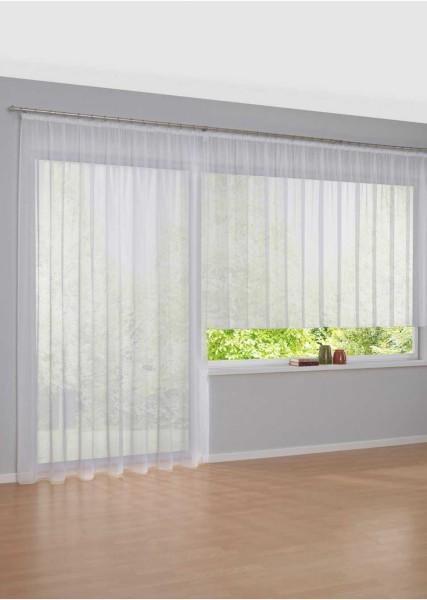
If you need clear folds of equal size, falling from top to bottom, you need to put eyelets. These are such metal rings, which are inserted into the twisted top of the cloth (on the photo below).
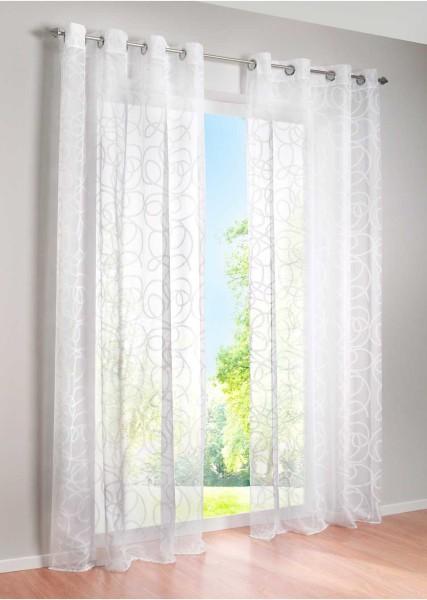
About the choice of wallpaper in the bedroom you can read here.
Tulle in the bedroom: photo-ideas
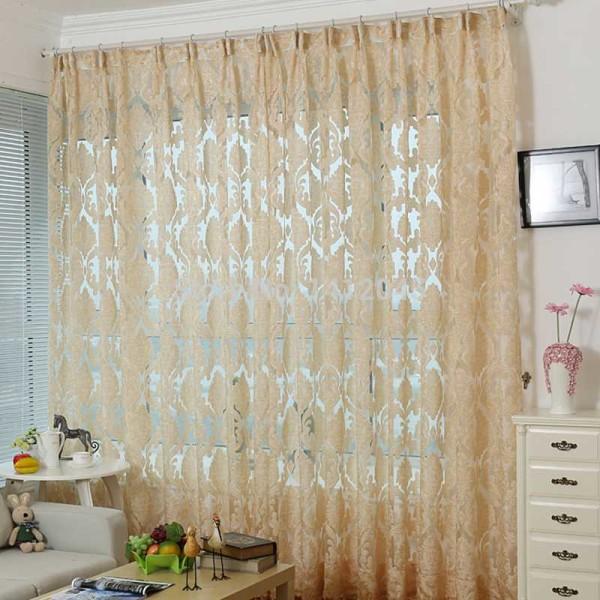
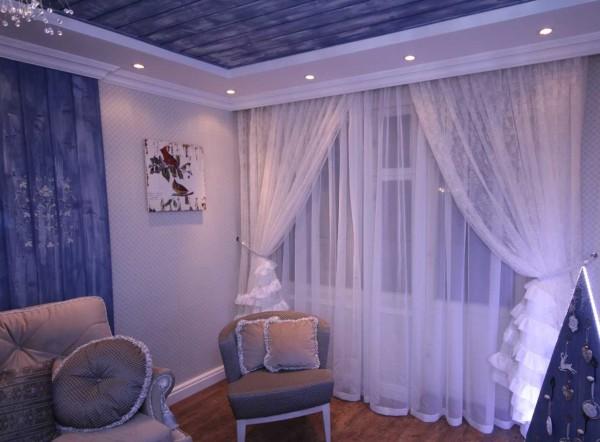
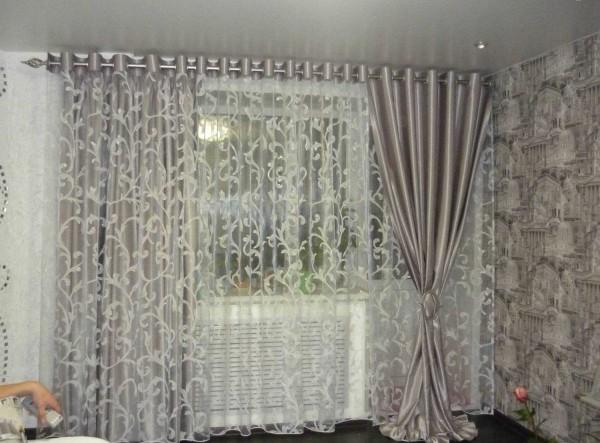
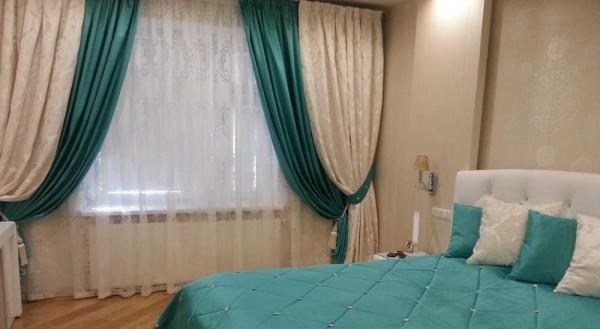
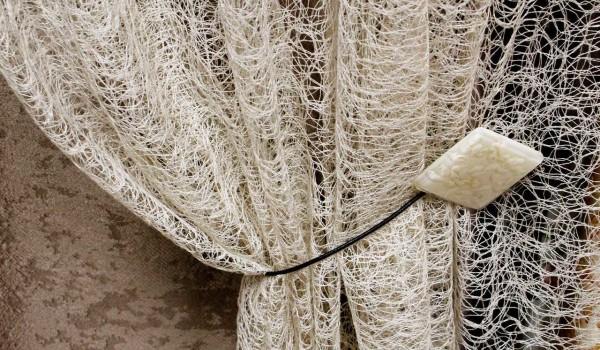
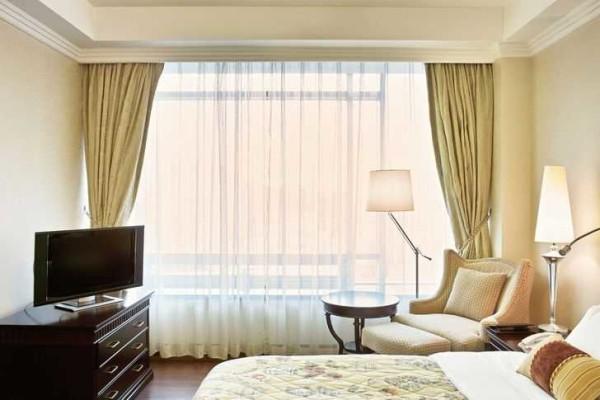
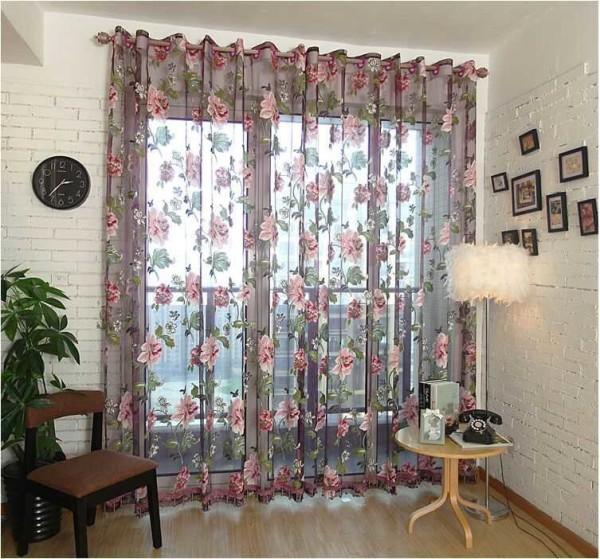
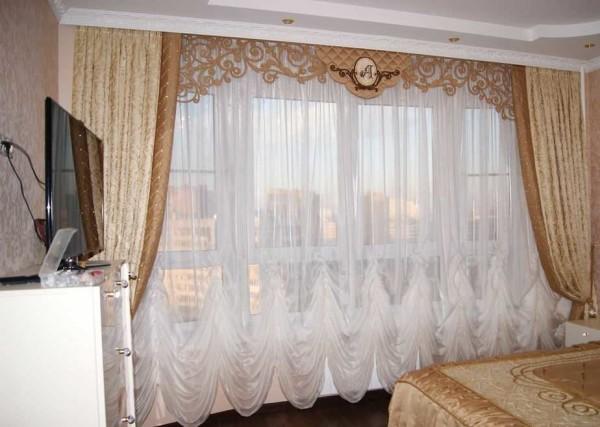
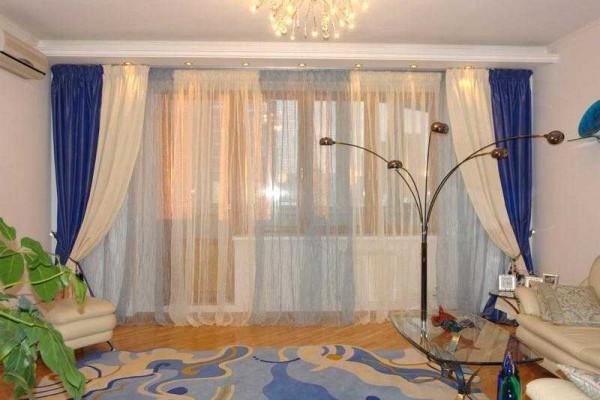
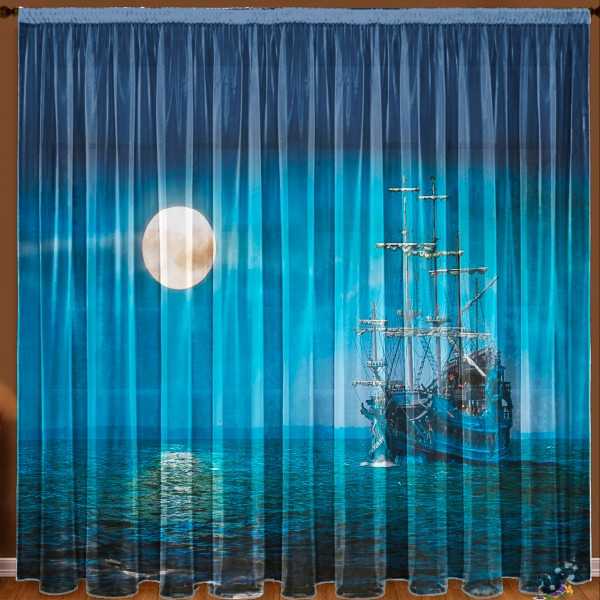
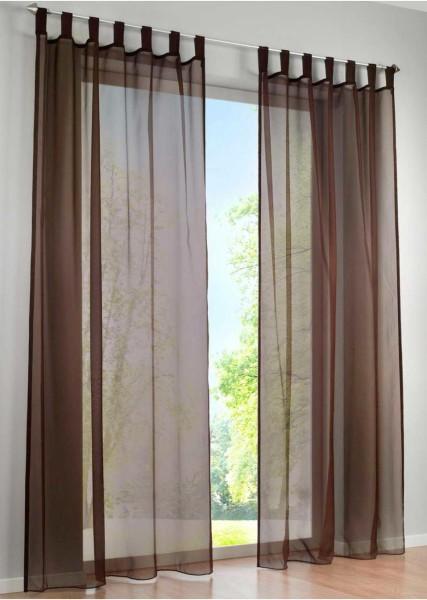

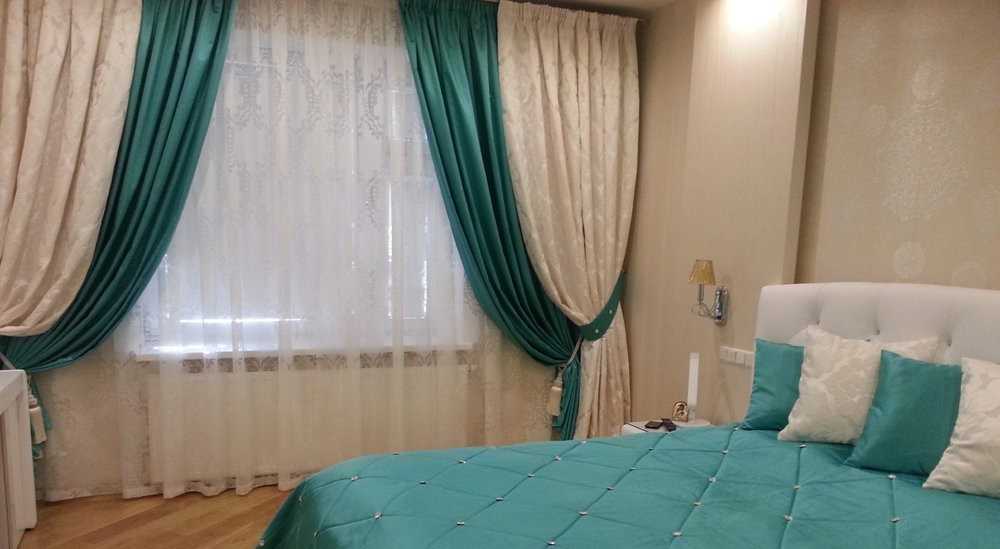
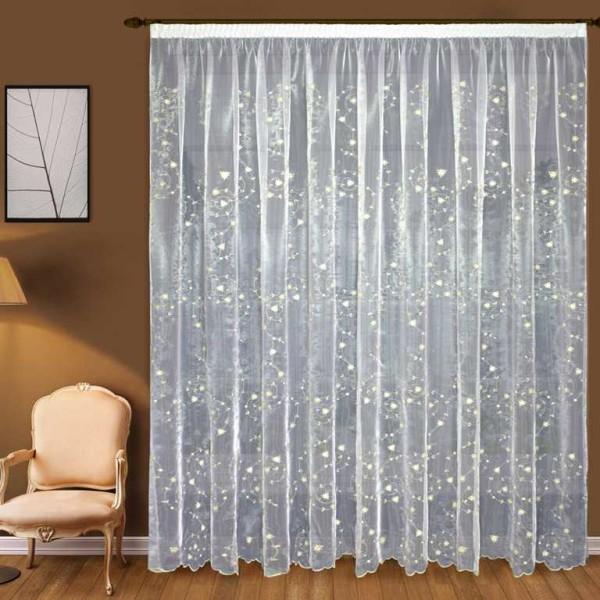
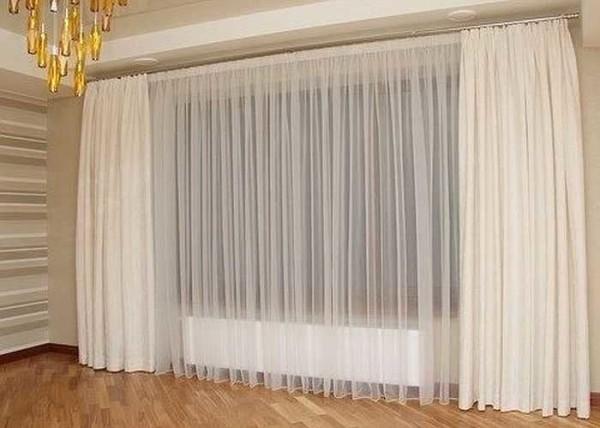
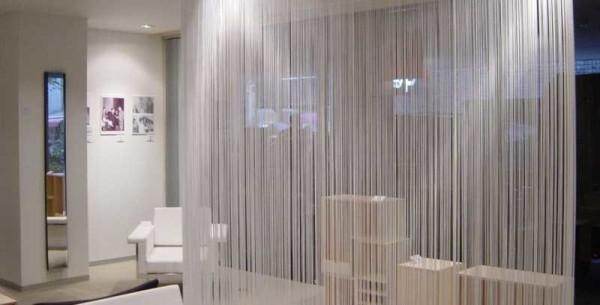

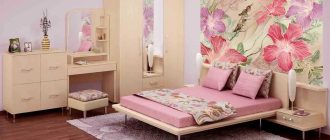
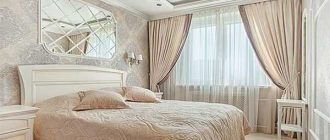
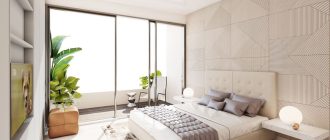
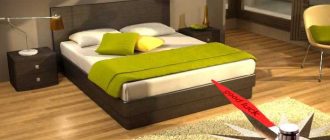
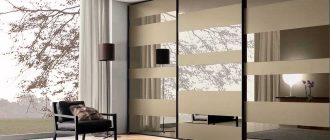
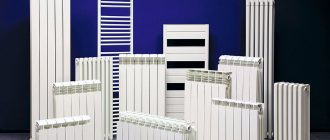
I recently got tulle curtains for my bedroom, and OMG, they’re a game-changer! Super light and airy, they totally transform the vibe. I love how they let in soft light while still giving me some privacy. Seriously, it’s like sleeping in a dreamy cloud now!